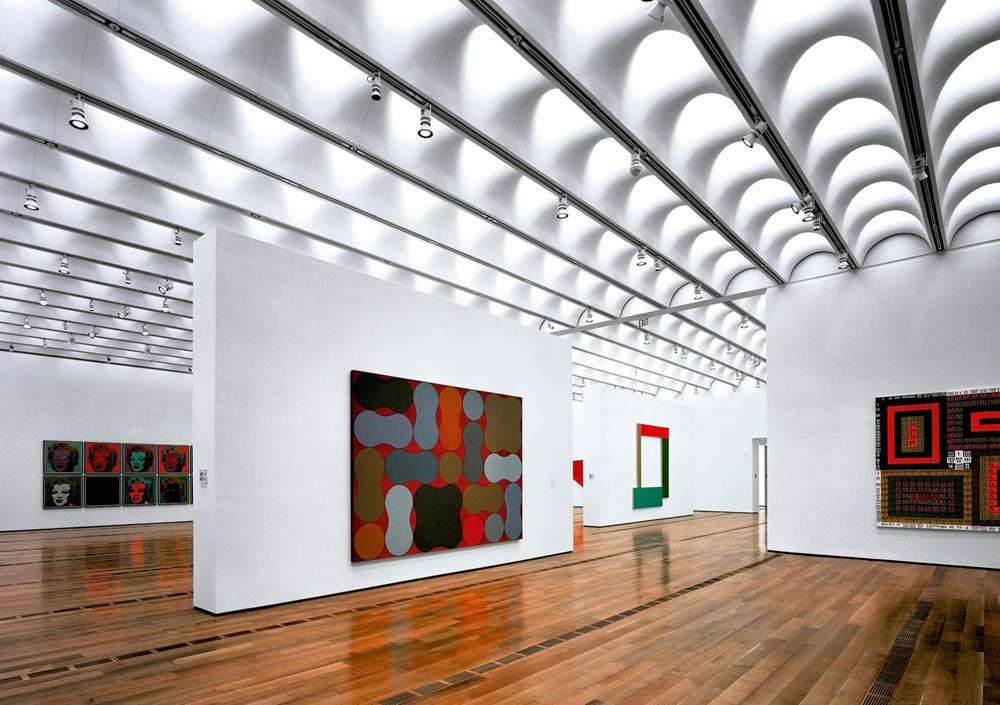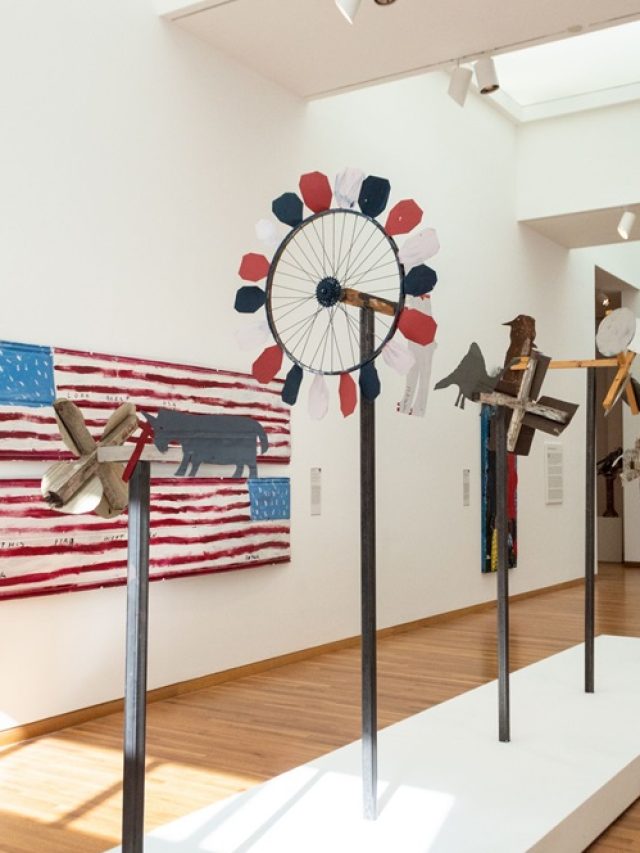In the Southeast of the country, Atlanta, Georgia’s High Museum of Art, is a shining example of artistic expression and cultural relevance. Established in 1905, it has grown from a modest gallery to a prestigious establishment that showcases a wide variety of art forms and cultures, reflecting the development of Atlanta as a whole. The Atlanta Art Association, founded in 1905 by a group of well-known Atlantans committed to advancing the arts in the city, is where the High Museum of Art got its start. The group was first based in rented spaces before settling into a neoclassical facility created by renowned architect Philip Trammell Shutze in 1926. This building, on Peachtree Street in the heart of Atlanta’s arts district, served as the museum’s main home until 1955.
The museum grew its collection and programming in the middle of the 20th century, turning it into a significant local cultural institution. The High Museum of Art relocated to its current site, next to the Woodruff Arts Centre on Peachtree Street, in 1983. This relocation represented a significant increase in the museum’s physical area and level of public awareness, laying the groundwork for its ongoing development as a substantial force in the art world.
The varied collection of artworks of the High Museum of Art is well-known, encompassing pieces from the 19th century to the present. Significant holdings in decorative arts, modern and contemporary art, American and European art, and decorative arts are all part of the museum’s permanent collection. Notable pieces include sculptures by Auguste Rodin, paintings by Claude Monet, Thomas Eakins, and Georgia O’Keeffe, as well as historically and culturally significant African artwork.

The High Museum has diverse artistic forms and themes on display in its rotating exhibitions, which are held in addition to its permanent collection. These shows frequently include loans of artwork from other museums and private collections, partnerships with modern artists, and community-driven initiatives delving into pertinent social topics. The High Museum of Art is dedicated to community involvement and education and serves as a space for art appreciation. For guests of all ages, the museum provides a range of educational activities and materials, such as guided tours, talks, seminars, and practical art-making projects. These programmes develop participants’ creativity and critical thinking abilities while fostering a greater understanding and appreciation of art.
To improve arts education and accessibility for marginalised communities, the museum also collaborates with nearby colleges, universities, and community organisations. The High Museum works to make art a relevant and rewarding experience for everyone in the Atlanta community and beyond through outreach initiatives and special events.
Atlanta’s and the region’s cultural scene is greatly influenced by the High Museum of Art, one of the best art institutions in the Southeast. Its top-notch collections and shows draw tourists worldwide, enhancing the city’s standing as a thriving centre for the arts and culture. The museum reflects the dynamic character of modern art and society by being committed to diversity, inclusivity, and innovation, ensuring that it remains relevant in a constantly changing world.
Conclusion
The High Museum of Art exemplifies Atlanta’s continued dedication to the arts and rich cultural legacy. The museum, which rose from modest beginnings more than a century ago to become a globally recognised organisation, inspires and enlightens audiences with its outstanding collections, exhibitions, and educational initiatives. The High Museum is committed to supporting innovation, embracing diversity, and improving the lives of everyone who views its treasures, even as it looks to the future.






